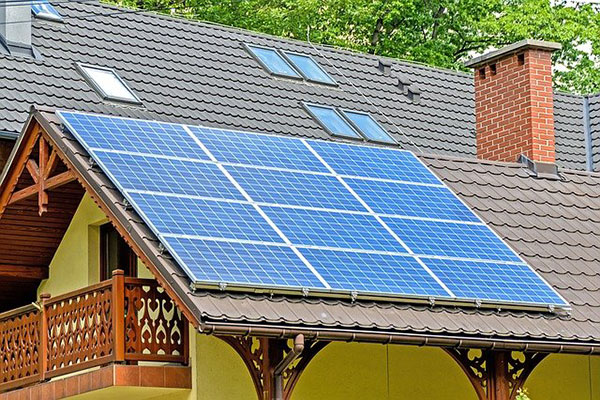
Three Things You Need to Know to Understand How Solar Works
A solar panel is equipment designed to take solar energy and converts it into heat or, in many instances, electricity. It’s also called photovoltaic cells because they’re comprised of multiple cells that convert sunshine into electric power. Only the sun can generate energy in this kind of solar panel. It’s designed to face the sun so that the sun’s rays absorb the maximum point. If there is more solar energy, there is, the more power is generated.
How Solar Panel Works
For many, the concept of absorbing the sun’s energy and making use of the sun’s energy as an energy source to power your home, business, or transportation is an enigma. In just easy steps, you will cut down on electric bills and contribute to a more sustainable future by reducing your carbon footprint. Here’s how solar panels generate electricity:
1. Solar Panel Technology
They convert light into power that may be used to power your home, thus reducing your monthly utility costs. Solar panels are available in different designs and sizes, and they use an array of solar cell technology. The top panels work harder by utilizing every ounce of solar energy all day. The best board can deliver 70 percent more power over 25 years than a lower-quality panel can.
According to studies that have been conducted, a solid copper foundation strengthens panels, and ultra-pure silicon offers the highest solar energy transformation. Solar panels with a record efficiency of 24.2 percent create 44% more power per square foot than panels made from other materials. This means they can produce substantially more solar energy.
It is also essential to ensure that solar panels be constructed and tested to stand up to the harshest conditions, including temperature fluctuations, strong winds, humidity, hail, and many more. When the solar panel’s design or construction isn’t good enough, you will generate smaller amounts of solar energy. If it is a properly licensed installation, it can produce solar energy for more than 40 years.
2. Solar Panel Installation
Installation of solar panels is vital to generating solar energy after selecting the top-quality solar panel technology. Its roof, house or office, the surrounding areas on the ground, or the solar canopy are some of the most commonly used locations to consider panel installation.
To assist in preparing the required permit application packet, your solar provider will input your home’s dimensions in the Computer Assisted Design (CAD) tool. It can complete a normal solar system installation in just a few days. After you have the solar company has identified which area would generate the most solar energy, it is determined the number of installed panels.
3. System Monitoring
Once your system is in place, After it is installed, you can begin using solar energy as a source to power your lights or computers and other electrical devices inside your office or home right away. Your energy consumption is monitored by a utility meter that can count both ways. Solar power produced and not consumed earns you credits as it will feed back into an energy utility system. If you’re not making enough solar power throughout each day, the system nevertheless provides you with ability, but the credits you earn during the day pay that cost.
Take note that, based on where you live, and the amount of sunlight your panels are exposed to daily, your amount of solar energy generated by your solar panels will fluctuate throughout the entire year. It is possible to track the production of your solar panels using the online monitor system to know how much solar energy the panels produce. Inform your solar provider if you notice major changes in your production to ensure that everything is functioning properly.


